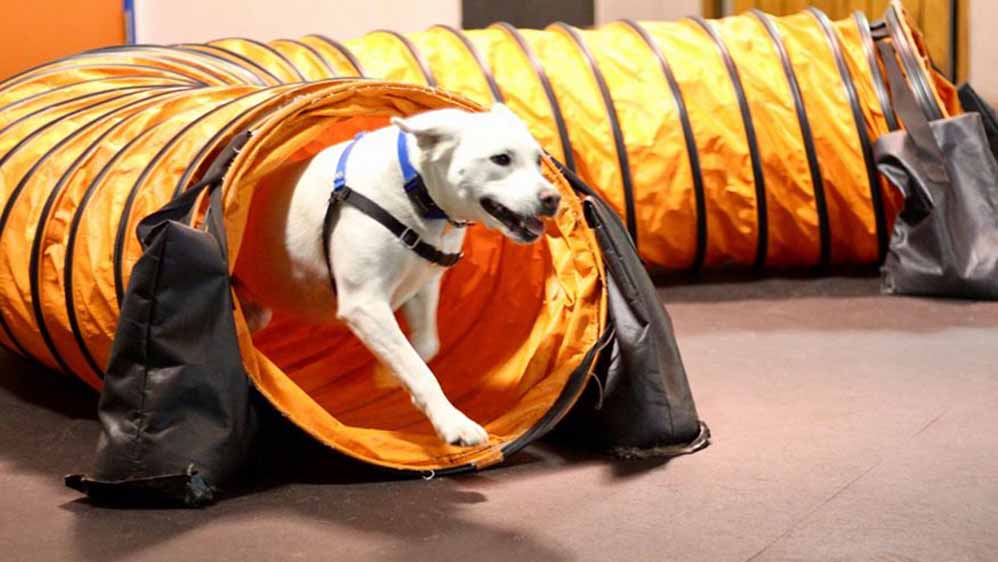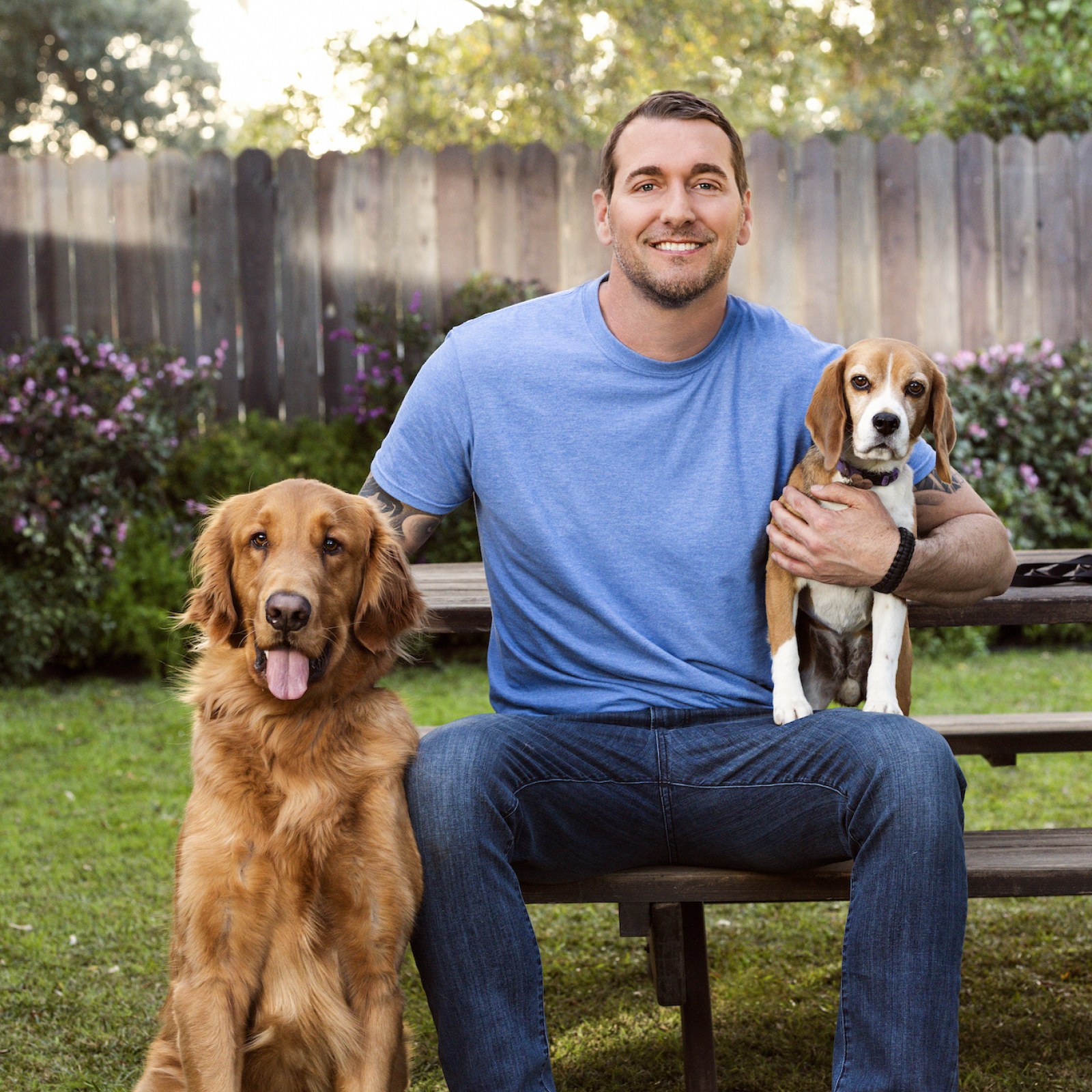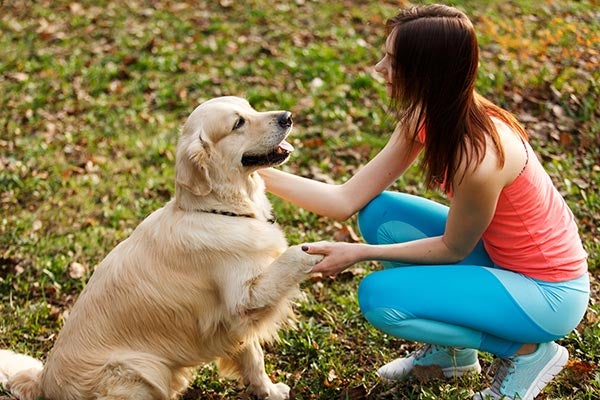Understanding Canine Body Language During Dog Training
Understanding Canine Body Language During Dog Training
Blog Article
Necessary Tips for Effective Dog Training: A Guide for Animal Owners
Reliable canine training is a multifaceted procedure that needs a calculated method customized to both the family pet's temperament and the proprietor's goals. Recognizing exactly how to navigate these obstacles can dramatically improve the training experience, inevitably transforming the relationship between owner and dog.
Understanding Canine Behavior
Recognizing pet dog behavior is important for efficient training and fostering a harmonious connection in between pooches and their owners. Canines communicate largely with body movement, vocalizations, and actions, making it critical for proprietors to translate these signals precisely. Acknowledging a pet dog's position, tail position, and ear positioning can give understandings right into its emotion. A wagging tail does not constantly indicate happiness; it can likewise signify enjoyment or stress and anxiety.

Socialization plays a significant duty in dog actions; direct exposure to different settings, people, and other pets can significantly impact a dog's temperament. Additionally, factors such as type features and specific character ought to direct training methods, as some types might have particular behavioral traits that demand customized methods. By understanding these aspects, owners can create an encouraging atmosphere that urges positive habits, leading to effective training end results and a deeper bond with their animals.
Establishing Constant Commands
Reliable interaction with your pet starts with establishing constant commands. This fundamental component of training is critical for promoting understanding between you and your pet dog. Uniformity in the commands you make use of makes sure that your pet can accurately connect specific words or expressions with the wanted habits.
When picking commands, select clear, distinctive words that are very easy to claim and separate from each other. Stay clear of utilizing similar-sounding commands that may perplex your pet dog. Making use of "rest" and "remain" is ideal, yet "rest" and "struck" can lead to misconceptions.
Furthermore, preserve the very same tone and volume for each and every command. Pet dogs are sensitive to vocal hints, so differing your tone can create confusion.
It is equally important to ensure that all member of the family are on the same web page pertaining to the commands utilized. A united front in command usage will certainly protect against blended signals and reinforce the learning procedure.
Favorable Reinforcement Techniques
The power of favorable reinforcement in dog training depends on its capacity to urge preferred behaviors via benefits and praise. This technique is grounded in the concept that habits followed by favorable outcomes are most likely to be repeated. By including positive support into your training routine, you can efficiently shape your pet dog's behavior in a positive manner.
To apply positive support, it's vital to identify what inspires your pet dog, whether it be deals with, toys, or verbal praise. When your pet carries out a wanted action, such as resting on command, right away award them with a treat or affection. This organization in between the command and the favorable outcome enhances their understanding.
It's vital navigate to this site to timing the incentives appropriately; providing the reinforcement within seconds of the desired habits aids your dog make the connection (dog training). In addition, consistency is essential-- guarantee that all family members make use of the same commands and benefit systems to stay clear of confusion

Progressively, you can decrease the frequency of deals with as your pet learns check over here the behavior, transitioning to applaud or periodic incentives. This approach not only fosters a strong bond between you and your dog however likewise advertises a favorable learning environment, making training a satisfying experience for both.
Socialization and Communication
Continually exposing your canine to a variety of atmospheres, individuals, and other pets is critical for their social development. Socialization should begin early, preferably throughout the critical window of 3 to 14 weeks, when puppies are most responsive to new experiences. Older pets can additionally benefit from ongoing socialization efforts.
Introduce your canine to different settings, such as parks, pet-friendly stores, and metropolitan areas. This exposure aids them adapt to various stimulations, decreasing anxiety and concern reactions. Encourage positive interactions with other canines and people, making certain that these encounters are regulated and secure to promote self-confidence.
Utilize organized playdates with genteel pet dogs, as this can improve your pet dog's social skills and show them ideal actions. Obedience courses and training sessions likewise give outstanding chances for socializing, allowing your pet dog to communicate with others in a supervised environment.
Display your pet's body movement throughout communications, as this will certainly aid you evaluate their comfort degree. Progressively boost exposure to more challenging situations while guaranteeing that each experience declares. A well-socialized canine is more most likely to display balanced habits, making them a pleasure to have in any kind of setting.
Addressing Usual Training Obstacles
Every pet owner will certainly come across training obstacles eventually, despite their dog's age or socialization level. Identifying usual issues such as stubbornness, distractions, and fearfulness can assist in establishing efficient approaches for enhancement.

Progressively present interruptions as the pet becomes extra skilled in commands. Short, regular training sessions are also efficient in maintaining attention.
Terror can hinder a canine's understanding procedure. Gradual desensitization to the resource of concern, coupled with positive support, can aid relieve stress and anxiety. Persistence is important; never force a dog into a situation that triggers distress, as this may worsen the issue.
Inevitably, understanding and addressing these usual obstacles with check here an organized approach will cultivate a much more efficient training experience, enhancing the bond in between dog and proprietor while promoting reliable discovering.
Conclusion
In recap, successful canine training counts on an extensive understanding of canine habits, the establishment of regular commands, and the application of favorable support strategies. Socialization plays a critical duty in creating well-adjusted animals, while dealing with typical training difficulties requires patience and adaptability. By executing these vital methods, pet owners can cultivate a strong bond with their pet dogs and advertise desirable habits, inevitably resulting in an unified partnership in between people and their canine friends.
Recognizing canine actions is essential for reliable training and promoting an unified relationship between dogs and their proprietors.Socializing plays a significant function in pet dog actions; direct exposure to various atmospheres, people, and various other pets can significantly impact a canine's character.The power of positive support in pet training lies in its ability to encourage wanted actions through rewards and praise. By incorporating positive reinforcement into your training regimen, you can efficiently shape your canine's behavior in a useful manner.
In summary, successful canine training relies on an extensive understanding of canine behavior, the establishment of consistent commands, and the application of positive support methods.
Report this page